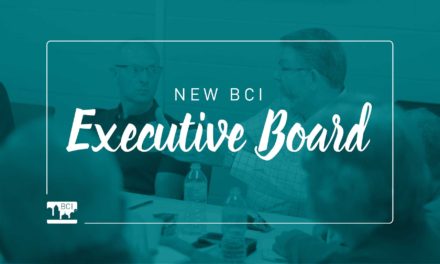by Mark Snowden
JEFFERSON CITY, Mo. (BP) — My Hope America with Billy Graham is underway in homes and community settings across the country. After viewing one of the evangelistic campaign’s new videos with loved ones and friends, what will you say to those who may be responsive to the Gospel?
I often hear well-intentioned men and women give their testimony. Is there a better way? How is it possible to improve on one’s personal experience with Jesus? We live in a time when people are complimented for even sharing their faith, but what happens when we spend too much time on the “before Christ” part of our testimony, unfortunately leaving the moment of salvation as muted, stunted and with no handles for a lost person to grab onto?
Have you told someone your personal salvation story in a while? Your testimony should model how someone can be saved. We all want to glorify God in what we say to others, so here’s an opportunity to re-examine how you present God’s plan of salvation. After all, helping others have a clear path to Christ is the ultimate way to honor God with your testimony.
Consider your personal story to be in three parts — before, during and after.
Before: Because a life before Christ is typically self-centered, there should be an acknowledgement of the Holy Spirit’s conviction of sin -– of coming to a point of recognizing that we all stand guilty before God. Many people in America’s post-modern society, however, think sin is what happens when you get caught. Use biblical concepts of sin — such as knowing what to do, but not doing it (James 4:17) — in saying how you knew what sin was. Also, shorten your list of wayward experiences before Christ. You certainly don’t want to give people new ideas that Satan will tempt them to try later.
During: Providing a model for a lost person should be the priority of your testimony. Be very clear about the need to repent of sin and to surrender to Christ -– that’s the brass ring the lost need to hang onto in your testimony. Describe how your personal relationship with Jesus began. Don’t rush it; be thorough and know why you are saying what you’re saying. How you say it likely will become the model that a new believer will use in his or her own life. If you present a dozen Bible verses in random order, so will they. Since most people are oral learners, presenting the Gospel in the form of your story is powerful when it includes key Bible truths. These can be conveyed in summary versions of Bible stories, and it may be necessary to convey this part of your testimony in multiple meetings depending on the time you have available.
After: Practice explaining that your spiritual transformation was by God’s grace, not any effort of your own. Describe how different your life has been because you have the Holy Spirit of God to guide you (John 16:13). It’s OK to describe a few good works you’ve done since, but they should convey more than accepting a new set of rules, making different moral choices and trying to change certain behaviors. These can come off as man-centered. Work hard to humbly give God the glory for allowing you to experience life according to what the Bible says. Just like the “before” section, this should be brief as well.
In a three-minute personal salvation story (testimony), consider these parts: 30 seconds before you surrendered your life to Christ, two minutes describing the decision and 30 seconds after the decision.
It helps to immediately follow up your testimony by asking questions. Ask if they would like to make a similar decision to follow Christ. If your “during the decision” was presented carefully, the lost person will know exactly what they should do — and how they will share their own personal salvation story to others one day.
–30–
Mark Snowden is the evangelism/discipleship strategist for the Missouri Baptist Convention. This article first appeared at The Pathway (www.mbcpathway.com), newsjournal of the Missouri Baptist Convention.







